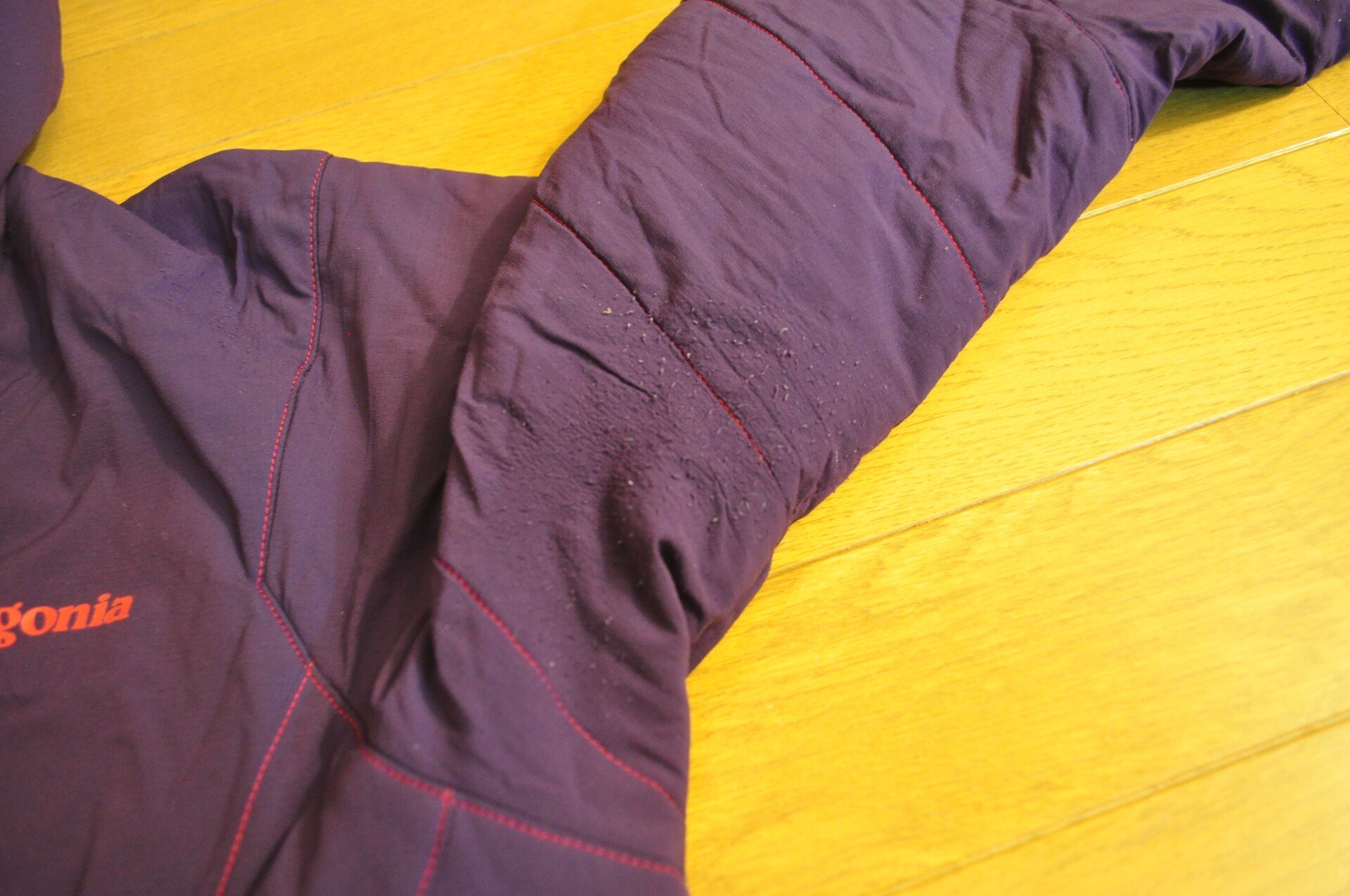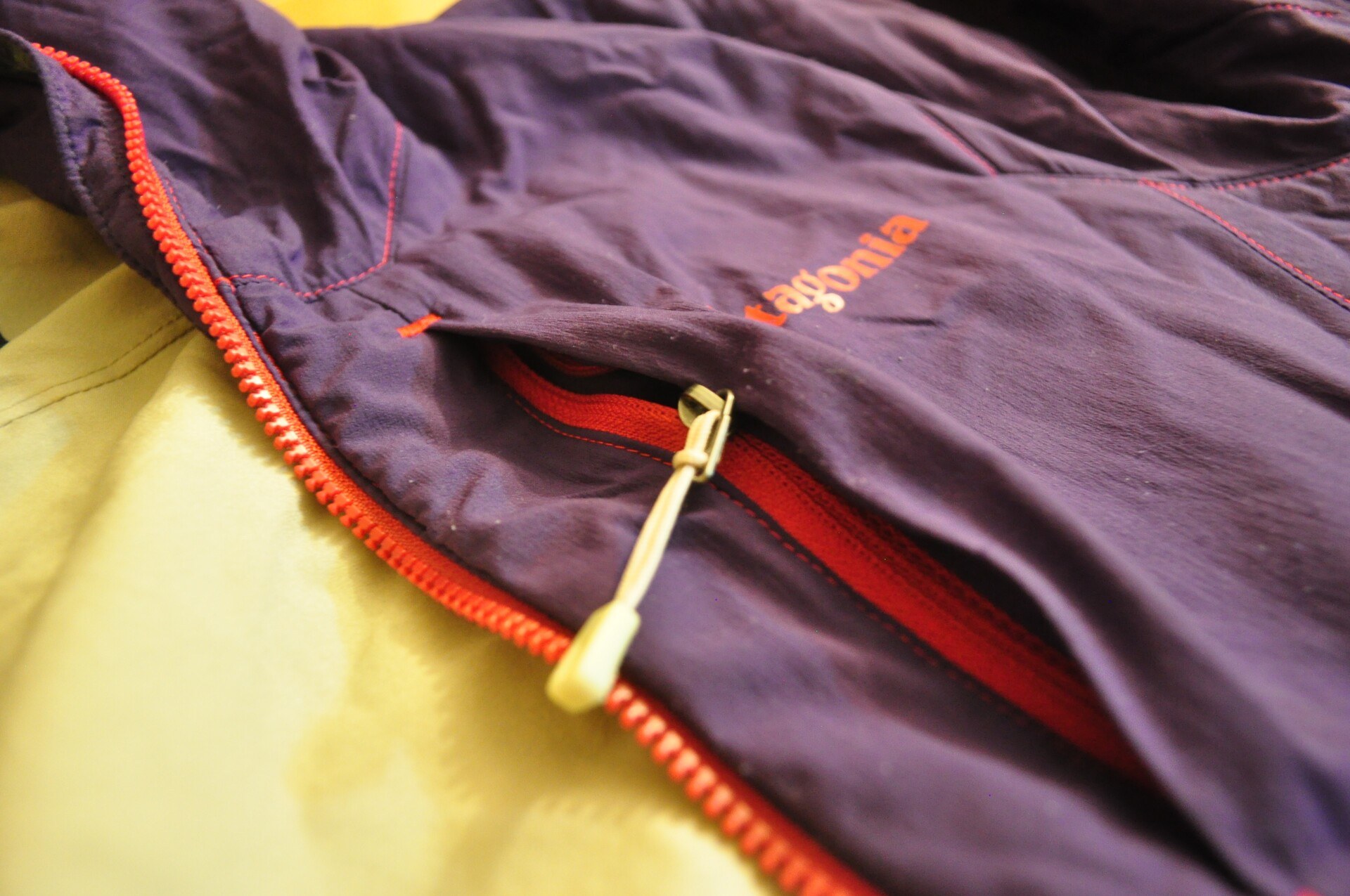UK trail ultramarathon packing list
Doing long runs in the UK presents certain challenges not found elsewhere: what the country lacks in pure majesty and sheer elevation it more than makes up for in unpredictable and often dangerous weather.
This is my kit list for doing a long run out in the middle of nowhere. It's mostly informed by the mandatory kit for The Fellsman, which seems to have significantly more stringent requirements than most other fell races in the UK, where a coat with taped seams and a foil blanket are all you need to go romping across the moor.
- Backpack. Mine is the 15L one from Decathlon and that's more than enough space. You could probably get away with a 12L. Trail running backpacks like this are all basically the same; I haven't yet found a good reason to splurge on anything that costs more than like £70, unless you're sponsored by Salomon or something.
- Waterproof jacket. Taped seams is the big requirement here—beyond that is personal preference. Pit zips are nice but they're generally only available on heavier jackets. In British weather, you will eventually end up soaked inside and out, but a good jacket will keep the wind out and the warmth in. Mine is a decade-old Patagonia pullover that packs into its own pocket.
- Waterproof trousers. Same reasons above. I lose a lot of warmth through my legs, it turns out.
- Dry bag. It holds everything that I don't want to get wet: a down jacket, electronics, spare clothes.
- Clothes. Generally speaking these stay on my body for the duration: 1) a long-sleeve baselayer; 2) a pair of stretchy underwear that don't ride up; 3) running tights, Fabletics, a gift from Sam; 4) generic shorts.
- Down jacket. Ideally one that packs down real small. This will probably sit at the bottom of your dry bag for the duration of the run, but if you need it you'll be glad you have it.
- Fleece. Ideally quite breathable. This is my functional insulation layer for while I'm running. I put it on when I get cold and I take it off when I get hot.
- Baselayers. The primary purpose of a baselayer is not to move sweat away from your skin, but to prevent chafing: to that end, get some tights that ride up and a top with a little collar to keep your backpack straps away from your neck. This sounds like a meme, but a pair of braces/suspenders to keep your tights up will do wonders for preventing chafing between your legs.
- Hat and gloves. For the hat I use a thinsulate fleece thing that I got at Aldi for like £2 and which is a bit too small for my head. My only requirement for gloves is that they're have those little capacitive pads that let you use your phone (for e.g pictures); otherwise any pair of lightweight gloves will do. If your ultra is at any time other than summer, it's probably not a bad idea to pack a set of waterproof gloves as well.
- Headtorch + spare batteries. You're looking for something that does well on battery and, in British weather, is rainproof. At least 200 lumens. The sky's the limit here but you don't need an expensive 1000+ lumen multi-battery contraption. IKEA's rechargeable AAAs are a great option.
- Map + compass. Important stuff! I always download a GPX file but I like to have a map & compass just in case. Learn how to use the compass. To figure out where you are on the map, you can take bearings off at least two landmarks and spot where the two lines meet.
- Foil blanket & emergency bivvy. These are generally on mandatory kit lists, and can be had for relatively cheap. The main brand is called "SOL - Survive Outdoors Longer" but it really feels like a poor choice of name.
- Cup + spoon. I use a collapsible cup—also had cheaply—but some people use plastic mugs. Matter of preference. Sea to Summit sell a great, durable, cheap utensil set, but you can use a plastic spoon from your local takeaway or even a metal spoon from your cutlery drawer. It's a spoon.
- Soft flasks. There's some Discourse about soft flasks vs. bladders, but most trail runners seem to lean towards soft flasks, since they help balance your pack front-to-back, and they're much easier to fill at aid stations. Downside is that they don't hold as much water. I guess you probably'd want a bladder on a run with long gaps between aid stations and hot weather.
- Toilet roll + trowel. Hopefully this is self-explanatory. You can get lightweight aluminum trowels for pretty cheap: they do the job and they don't take up much space.
- First aid kit. The usual suspects here: safety pins, crepe bandage, plasters, wipes, light painkillers. Electrolyte tablets are a good shout: you never know when you'll come across another runner cramped up and limping off the moor.
- Food. Probably the most personal decision: it's hard to know what works for you until you get out and try eating in the hills. I like Gu the best, but some people find them claggy and prefer more liquid gels. Some people just go for Tailwind, which I find tastes pretty bad but gets the job done. After 40k or so, I start hankering for solid food—specifically Doritos. Everyone's different.
- Entertainment. It can get awful boring out on the moor: it's nice to have a pair of headphones to listen to something while you knuckle down on long stints between checkpoints.
- Money. Cash, specifically: you never know when you're going to need it.
Other items you might find on kit lists for more exotic ultras: your passport, if you're crossing international borders; sunscreen, for obvious, non-British reasons; sun hat, ditto. There's obviously an entirely different class of ultra where you're expected to sleep during the race, and this will require a whole other set of sleeping-related gear: bivvies, toothbrushes, etc. I've not done one of these and I don't intend to (for the moment).
I try not to keep it too complicated: the whole point here is to move as quickly as I can over as far a distance as I can, and massive packing lists sort of defeat the purpose. The kit list above will get you from 50k to 100k without any trouble, assuming your legs can take it. Beyond that, you're on your own.


